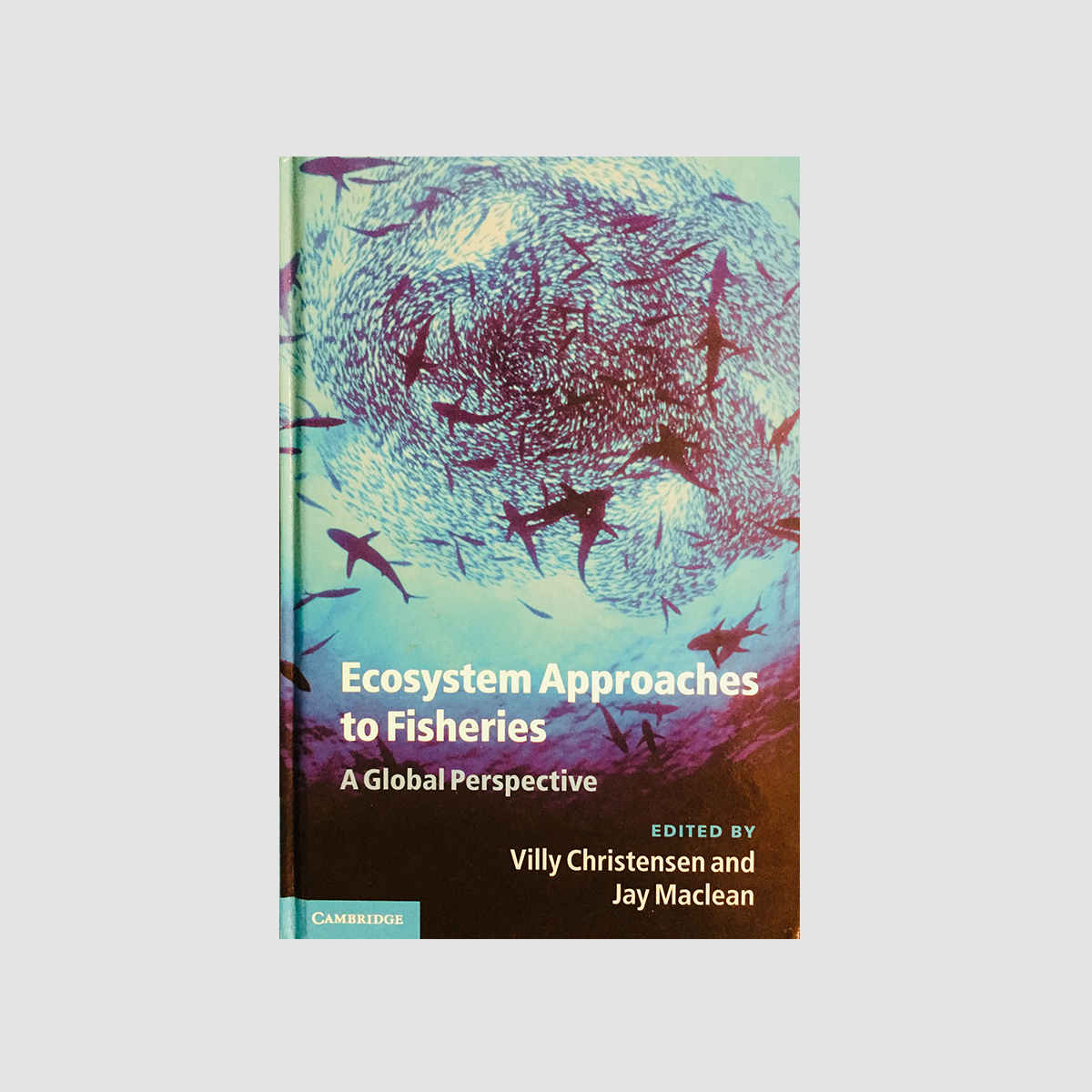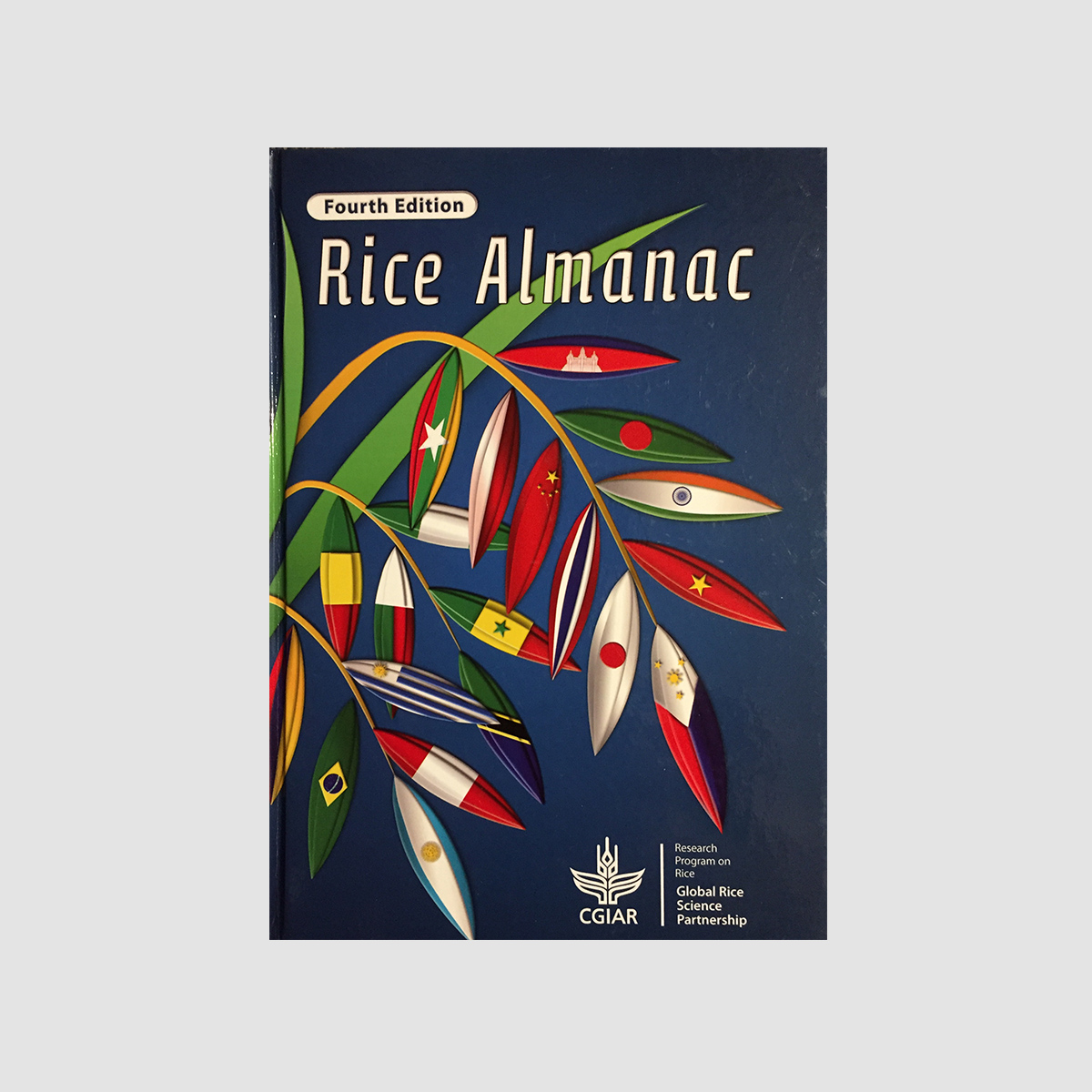Writings > Technical Books

In a Perfect Ocean
Recent decades have been marked by the decline or collapse of one fishery after another around the world, from swordfish in the North Atlantic to Orange Roughy in the South Pacific. While the effects of a collapse on local economies and fishing-dependent communities have generated much discussion, little attention has been paid to its impacts on the overall health of the ocean's ecosystems.
This book, co-authored by Daniel Pauly and Jay Maclean (2003) presents the first empirical assessment of the status of ecosystems in the North Atlantic ocean. Drawing on a wide range of studies including original research conducted for this volume, the authors analyze 14 large marine ecosystems to provide an indisputable picture of an ocean whose ecology has been dramatically altered, resulting in a phenomenon described by the authors as "fishing down the food web."
In a Perfect Ocean: The State of Fisheries and Ecosystems in the North Atlantic Ocean is a landmark study, the first of its kind to make a comprehensive, ecosystem-based assessment of the North Atlantic Ocean, and will be essential reading for policymakers at the state, national, and international level concerned with fisheries management, as well for scientists, researchers, and activists concerned with marine issues or fishing and the fisheries industry.

Ecosystem Approaches to Fisheries
Inspired by the work of the renowned fisheries scientist Daniel Pauly, this book, published in 2011, provides a detailed overview of ecosystem-based management of fisheries. It explores the complex and interdisciplinary nature of the subject by bringing together contributions from some of the world's leading fisheries scientists, managers and conservationists.
Combining both research reviews and opinion pieces, and reflecting the breadth of Pauly's influence within the field, the book illustrates the range of issues associated with the implementation of the ecosystem approach and the challenge of long-term sustainability. Topics covered include global biodiversity, the impact of human actions on marine life, the implications for economic and social systems and the role of science in communicating and shaping ocean policy to preserve resources for the future.
This book provides a complete and essential overview for advanced researchers and those just entering the field.

Rice Almanac
The 4th edition of the Rice Almanac (2013), for which Jay was the coordinating and substantive editor, continues the tradition of the first three editions by showcasing rice as the most important staple food in the world and all that is involved in maintaining rice production.
It also breaks new ground in its coverage of issues related to rice production, both environmental--including climate change--and its importance for food security and the global economy. It also further expands coverage of the world’s rice production area by featuring 80 rice-producing countries around the world.
The statistics presented are derived primarily from FAO, which include official country data (FAOSTAT), surveys, reports, and personal communications; IRRI’s RICESTAT database, which is based on primary data from requests and questionnaires and secondary data from statistical publications and international organizations including the International Labor Organization and the World Bank; and regional data from AfricaRice and CIAT

Biology, Epidemiology, and Management of Pyrodinium Red Tides
This book, published by Jay in 1989, contains the Proceedings of an international conference and training workshop on the Biology, Epidemiology, and Management of Pyrodinium Red Tides, held in Brunei Darussalem in May, 1989; it was organized by Jay and Gustaaf Hallegraef, who also co-edited the book.
